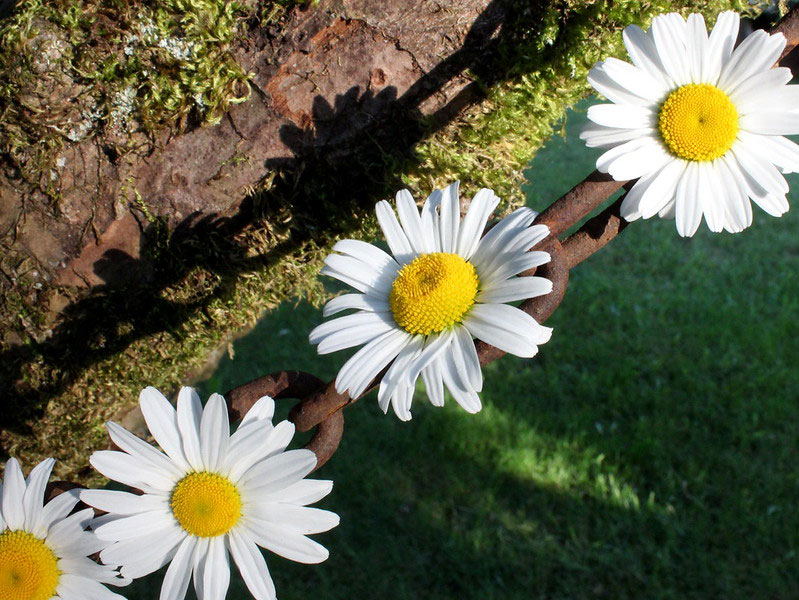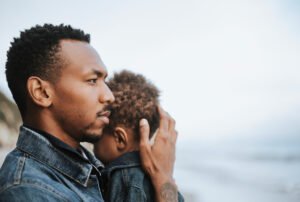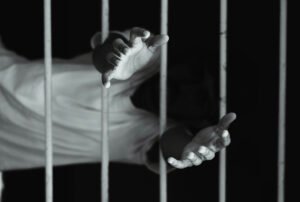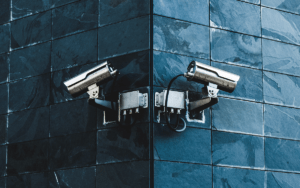
Excerpted with permission from On Property by Rinaldo Walcott (Biblioasis, February 2021).
What is often called police and prison reform does not and has never worked for Black people. Measures to stem police violence and other acts of harm toward Black people, like hiring more Black police officers, community policing, modernized surveillance techniques, placing police outposts in under-serviced and marginalized neighborhoods, and starting sports camps run by police, among other programs, fail by their very nature because each is meant to further cement the position policing occupies in our lives. None of these reforms work because they do not replace the foundational imperative of modern policing: the management of Black people. Our collective refusal to contend with the truth of policing, both as an institution and a practice, means that we are willing to abandon Black people to the vagaries of a system that sees them as the very bane of its existence.
Both Mariame Kaba and Angela Davis direct us to what is possible after prisons, and, importantly, what must be achieved in the process of abolishing prisons. Again, the question of economy and collective care sits at the center of all worthwhile alternatives. By this I mean that resources now invested in caging people must be redirected to enhancing education, health care, employment opportunities, housing and social services, among other priorities. These are the very same elements that, in the neoliberal era of welfare state reduction, have been downloaded onto families and individuals. Once we as a society come to terms with the disruptive effects of policing, we can begin to redirect resources differently, in ways that will help shape our future lives: it’s only through such redirection that we can begin to create a society where prisons are no longer needed.
A world without prisons does not of course make all harm disappear, but abolitionists firmly believe that, once the basic necessities of life are secured, crimes and other social ills will eventually decrease. In places like Sweden and Norway, where prison populations have been steadily declining for years, crime has not disappeared. But prisons in these countries aren’t used to deal with drug-related issues, petty crimes, loitering, and a range of other offenses that in North America serve as the main conduits through which people enter the prison industrial complex as offenders. Prison abolitionists like Kaba have long been advocates of transformative justice practices, running workshops, training programs, and acting as community liaisons to work towards achieving very specific conflict resolutions. They are preparing us for a future that they are in many ways already living through their activism, micro-communities, and philosophies of life. [pp. 84-85]
…
I will never tire of saying it: property sits at the nexus of our freedom. And not just Black people’s freedom. Abolishing property would free all of us and would lead to the establishment of new relationships between people, and between people and animals, the environment, and much else besides. Ruth Wilson Gilmore sees abolition not only as red (as in small-c communism) but also as green: by which she means to signal that abolition’s rethinking of how we can live better together includes the development of a green economy as a response to the environmental and ecological disaster we are hurtling towards. Abolition’s purpose is to do more than save Black people; it is also to save the species from its self-destructive self. The destruction wrought on this world since millions of Africans, flora, and fauna were transported to the Americas, and the intense, unabated horrors that produced the industrial revolution and our current technological and digital regimes, now require us to fully remake our world if we are to survive. Abolition stands as both the philosophical and practical mode of that urgent remaking. [pp. 96-97]
Sign up for our free newsletters
Subscribe to NPQ's newsletters to have our top stories delivered directly to your inbox.
By signing up, you agree to our privacy policy and terms of use, and to receive messages from NPQ and our partners.
…
The work of abolition is to make new forms of human life possible. By this we mean that being human is an unfinished project, one that is malleable and revisable. Abolition helps us see this work-in-progress and to work towards our own betterment. We must open ourselves up to the possibilities of abolition, however much we may initially fear it. Indeed, abolition as an idea has been with us a long time now and it will continue to be with us until it is how we live. The seeds of an abolition to come can now be seen in a number of places and ways of responding, acts of refusal, and modes of being.
I would be remiss if I did not point to how these issues play out in social media, where they have had a powerful life. Interventions like “Oscars So White” (#oscarssowhite), for example, benefited from renewed support for Black lives. But these interventions also have their critics, who believe they can slow movement towards a larger abolition politics. Approaches like these merely seek to ensure Black people’s equal participation in the world as it presently is, to reap their fair share of the spoils when the spoils are so obviously part of the problem. So while “Oscars So White” heralds a politics of inclusion and helps bring visibility to Hollywood performers like Lee Daniels, Ava DuVernay, Ryan Coogler, and Jordan Peele, it doesn’t help lay the groundwork for the transformation we desperately need.
Referring to Hollywood at this stage in the essay might appear odd; what I mean to show is how some ideas can work to simultaneously broaden our horizons while slowing down real change. In the post-George Floyd world, for instance, demands to defund the police have morphed into calls to hire more non-white police, a strategy we know will not work. Increased inclusion in a corrupt and broken system will do very little to change the system itself. One of the things that strikes me profoundly when I am in a city like Chicago is the large number of Black officers I see. If you walk the city’s Golden Mile, an area of expensive boutiques, one will see many police standing outside the shops; many are Black, while the vast majority of shoppers are white people. Modern policing can and does make these kinds of images possible because Black police do not guarantee that Black people will be treated differently by the institution. Recognizing that Black representation does not change institutional practices and behavior is a pillar of abolitionist thought. [pp. 98-99]
…
On the one hand, many Black people, as former and current products of capital and capitalism, continue to believe that we can and should share in the capitalist system, whether as a form of restorative justice or as restitution for suffering a brutal past of bodily theft, psychological and physical terror, and the ongoing devaluation of our lives. Indeed, demand for a justice-based approach that would allow Black people equal participation in the capitalist system, as has been proposed by recent “sub-movements” of the Movement for Black Lives like #oscarssowhite, makes sense, but they can never truly transform in the face of other hashtags that continue to mark Black death. Thus, for me #blacklivesmatter and #sayhername are a very different thing than hashtags like #blackgirlmagic and #blackboyjoy and #oscarssowhite. The difference has to do with the desires underlying the invocation. Which desires sit outside capital? Which desires appear to want to be inside of capitalism? Which desires seek to resist and to destroy capitalism? These are crucial questions. What is conditioned by the violence of capital’s invention, and thus central to my concerns, is Black degradation, disposability, and death. [p. 102]










